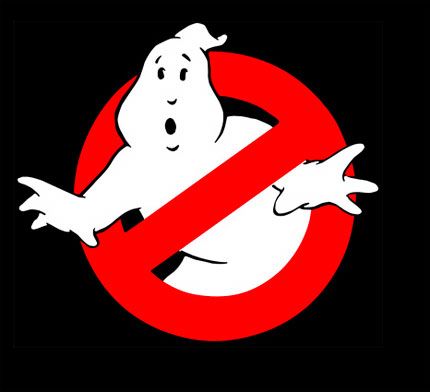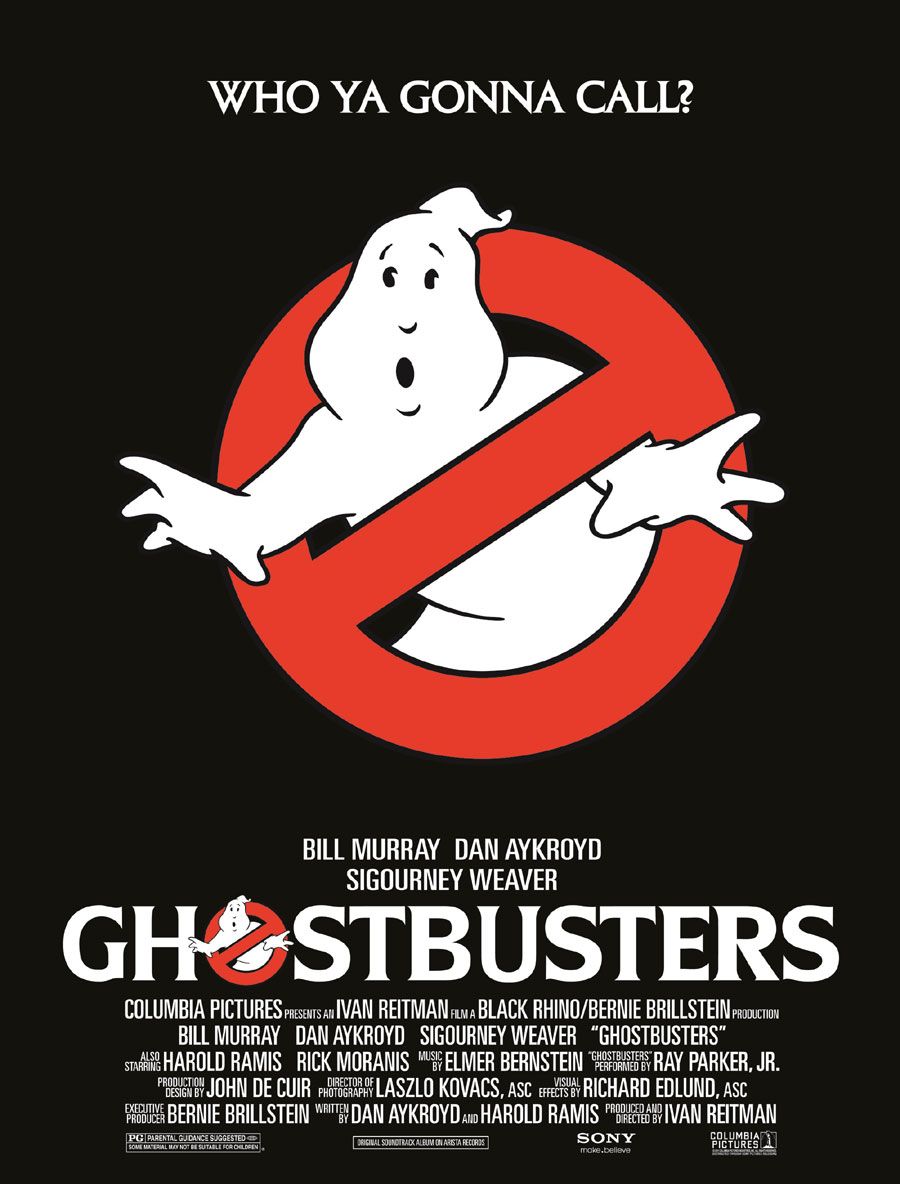MOVIE URBAN LEGEND: The Ghostbusters originally traveled through time and other dimensions.
There’s less than a day left to celebrate the 30th anniversary of Ghostbusters, so here we go! Released on June 8, 1984, the supernatural comedy starred Bill Murray, Dan Aykroyd and Harold Ramis as a trio of parapsychologists who develop a way to catch ghosts. With the addition of Ernie Hudson, the four fight ghosts and investigate the possession of Sigourney Weaver’s character by a demonic spirit aiding in the arrival of Gozer, an ancient Sumerian god of destruction who famously attacks New York City as a giant version of the Stay Puft Marshmallow Man.
Ghostbusters was a smash hit, becoming the second-highest grossing film of the year, behind Beverly Hills Cop. Just like Beverly Hills Cop, however, Ghostbusters was a dramatically different film as originally written (check out this old Movie Legend about how Beverly Hills Cop was a vehicle for Sylvester Stallone). Read on to see how Aykroyd initially envisioned the "Ghost Smashers!"
Aykroyd's originally saw Ghost Smashers as a vehicle for himself and his friend John Belushi, who would play Peter Venkman. Aykroyd worked on the script on and off throughout the early 1980s when he wasn't busy with other projects. He was actually working on a line of dialogue for Belushi's character in March 1982 when he learned his friend had passed away. A few months after Belushi's passing, Aykroyd showed the script to Murray, a fellow Saturday Night Live veteran. Murray liked the idea and eventually led to the film getting made. The major hurdle, though, was Aykroyd's rather epic vision.
In the script, the Ghost Smashers work for an interdimensional being known as Shandor. The basic driving force of the plot is that a being known as Zuul is accidentally trapped in this time and dimension by Shandor. Zuul's owner, Gozer, wants his pet back, so he travels to our dimension to retrieve him and lay waste to those who would try to stop him. To get a sense of the scope of the original film, the famous Stay Puft Marshmallow Man scene was in Aykroyd's original script, but it took place at the midpoint, and it was just one of a variety of manifestations of Gozer and not, like the final film, the ONLY manifestation.
The big ending was that Gozer would send the Ghost Smashers through different times and dimensions, and they would then work their way back to ours to stop Gozer.
Murray's interest in the script inspired Aykroyd to pitch the film to Ivan Reitman, who had just directed Murray and Ramis in the hit 1981 film Stripes (which followed his previous hit Murray film, 1979's Meatballs). However, Reitman initially didn't see a lot in the film. He recalled Aykroyd's original pitch (which, at the time, was not yet a full script):
[I]t was all action. There was very little character work in it. The Ghostbusters were catching ghosts on the very first page -- and doing it on every single page after that, without respite -- just one sort of supernatural phenomenon after another. By the tenth page, I was exhausted. By the fortieth or fiftieth page -- however many there were -- I was counting the budget in hundreds of millions of dollars. And there really weren't very many laughs. Although I could detect a comic attitude, the whole thing was written rather seriously. In the end I just kind of set it aside and forgot about it.
Aykroyd was undeterred, and he worked out a full screenplay incorporating Reitman's thoughts, including storyboards of the Ghostbusters in action. Drawn by Thom Enriquez, the Ghostbusters originally used two Nutrona Wands to catch ghosts instead of the eventual particle thrower design. He pitched the film again to Reitman in early 1983. The storyboards also reflected Aykroyd's original intention to have John Candy play Louis Tully.
Reitman liked Aykroyd's new version of the script enough that he decided to take the project on. He received a green light from Columbia Pictures in May 1983, along with a budget of $30 million (Reitman had to guess at the budget; he figured that three times the budget of Stripes would work, so that's what he asked for). Reitman had Aykroyd rewrite the script in summer 1983 with Ramis. In addition, Reitman worked with visual effects designer Richard Edlund to take out anything in the script that they didn't think they could afford. Edlund later recalled, "We basically cut it down to the shots that were necessary to tell the story and get the laughs." Around this time they got the rights to the name Ghostbusters.
So by that time, the interdimensional stuff was all gone and the plot was made a lot more down to Earth (this went to the group's Ectomobile, as well, which originally had powers of its own). Even then, the end of the film still involved another manifestation of Gozer after the Stay Puft Marshmallow Man, but that too was eventually cut.
Obviously, you can't argue with the final results, as the film remains a success 30 years later!
The legend is...
STATUS: True
Thanks to Don Shay, Entertainment Weekly and Spook Central for the information!
Feel free (heck, I implore you!) to write in with your suggestions for future installments! My e-mail address is bcronin@legendsrevealed.com.
Be sure to check out my Entertainment Urban Legends Revealed for more urban legends about the worlds of TV, Movies and Music!



